#I have the core rulebook the advanced players guide and guns & gears
Text
Something in reading more of the Pathfinder 2e rules: I can see why Matt does some stuff he does, particularly regarding crafting in campaign 1 (the most still affected by Pathfinder tho I’m sure it was 1e) and when he has them role initiative and when asked if it’s combat replies with “we’re in initiative order” instead of a yes or no, implying it may or not be combat
Hell even if reading the pathfinder books, I’m finding ways to think about dnd 5e in ways I hadn’t before and it’s actually making planning stuff easier. The Gamemastery Guide with its “here’s how to make a Nation or Settlement stat block” and “here’s guides to do certain things like crafting and making up items and various NPCs” is so lovely and like the DMG does fine with what it does but I really like this.
Also: Pathfinder 2e proficiency system continues to be one of my favorite things.
#critical role#dnd#pathfinder 2e#dungeons and dragons fifth edition#also: Orichalcum (spelling???) my beloved#analyzing DMing#I asked for the gamemastery guide the first two bestiaries and the dark archive for my birthday#and I’m pretty sure I’m getting all of them#I have the core rulebook the advanced players guide and guns & gears#I found a pdf of gamemastery but I want it in my hands
28 notes
·
View notes
Text
Pathfinder Iconics Comparison Part 1: Classes with Different Iconics
[Part 2: Core Classes]
[Part 3: The Remaining PF2 Classes]
[Part 4: Classes Who Got Demoted]
[Part 5: Prestige Classes]
[Part 6: Who's left?]
Paizo hit upon a really clever bit of design when they came up with the idea of "Iconic" characters.* Unlike some other role-playing games, which have illustrations full of generic characters and scenarios, each character class in the Pathfinder Roleplaying Game is illustrated with an Iconic character. These are fleshed-out characters in their own right, and in addition to appearing in illustrations throughout the books, they're used for novels and comics and fiction of all sorts. Some of them appear as party members in Kingmaker and Wrath of the Righteous.
*Note: I have since come to learn that the character illustrations in the Player's Handbook for the third edition of Dungeons & Dragons were considered Iconic. The characters for the Pathfinder Roleplaying Game therefore represent a continuity of that concept rather than something Paizo came up with. However, I think Pathfinder does it really well, and it's something that is sorely lacking from the fifth edition of Dungeons & Dragons.
Between the first and second editions of Pathfinder, some of the Iconics got swapped out, while others stayed the same but got updated outfits. See below the cut for comparisons between the classes that got swapped, and I'll make separate post for classes which stayed the same.
Note about the artwork: We have the absolute shining star Wayne Reynolds to thank for most of these. He's genuinely my favourite fantasy illustrator. Unless noted otherwise, all illustrations in this post are by him (and all are © Paizo). Paizo credits all the interior artists at the front of each book but finding out which specific artist did each specific piece is a bit tricky. Thankfully, not only does Wayne sign is artwork, he has such a distinctive style, so he's easy to recognise.
We'll start off with the characters who are completely different.
Alchemist
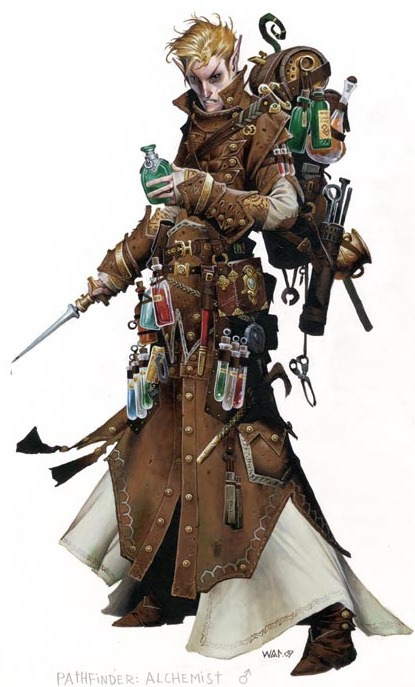
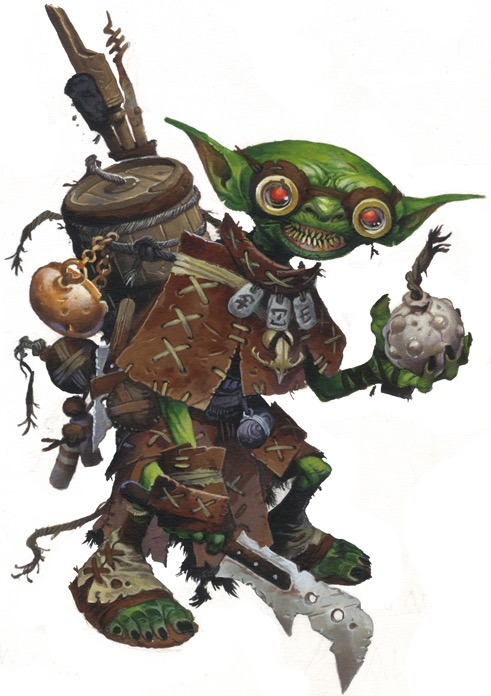
Damiel (PF1, he/him, Elf) and Fumbus (PF2, he/him, Goblin)
Pathfinder 2e has promoted Goblins to a core ancestry, so they wanted one of the new iconics to show it off. Goblins often have a fondness for things blowing up, so alchemist seemed like a perfect choice. Fumbus has already had his own solo adventure in a comic book, while Damiel was featured in Hollow Mountain.
The Alchemist appears in Advanced Players Guide for PF1 and Core Rulebook for PF2.
Gunslinger
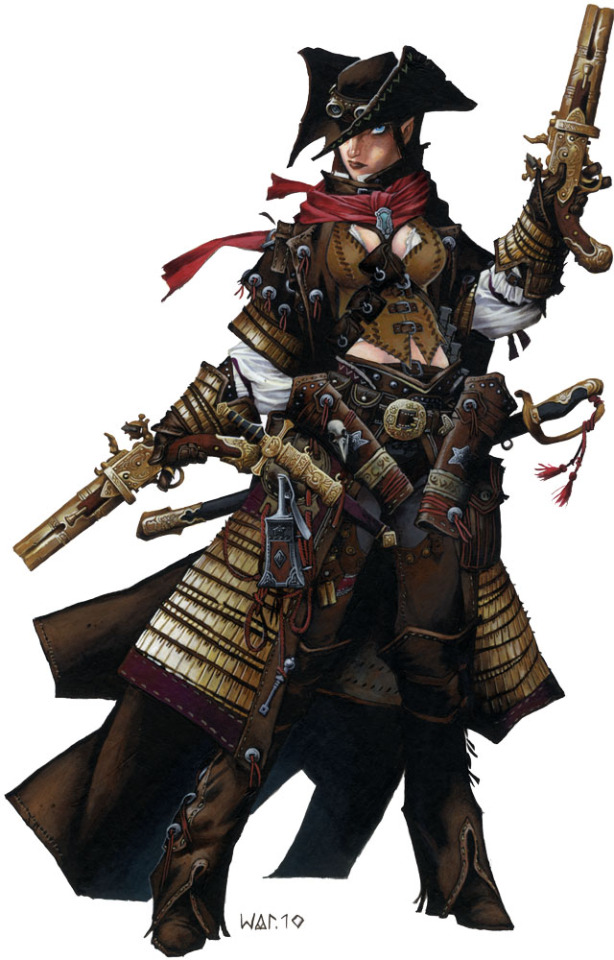

Lirianne (PF1, she/her, Half-Elf) and Nhalmika (PF2, she/her, Dwarf)
These ladies are both very cool in their own ways. Lirianne has that sort of Clint Eastwood vibe, peeking out from under her hat. Nhalmika is a real Mama Bear, and it's quite rare to see a mother going adventuring.
The Gunslinger appears in Ultimate Combat for PF1 and Guns & Gears for PF2.
Oracle
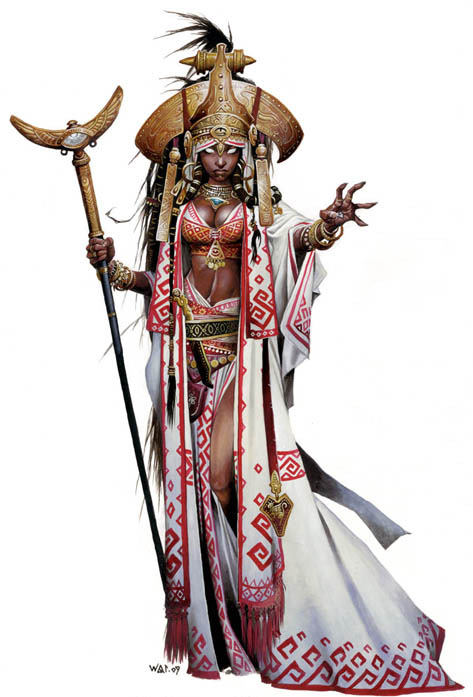
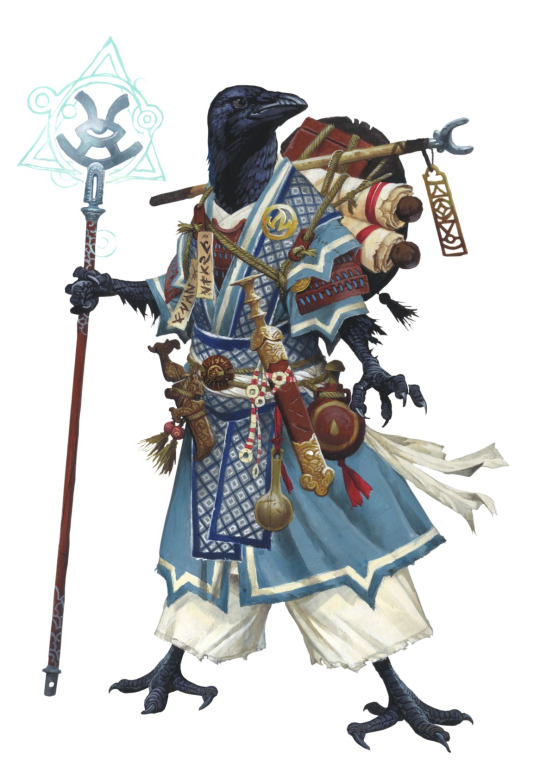
Alahazra (PF1, she/her, Human [Garundi]) and Korakai (PF2, he/him, Tengu)
Like goblins, tengu are now more available to player characters in PF2, and Korakai was brought in to demonstrate that.
Lest you worry that Alahazra might have been forgotten, she does appear in the PF2 Advanced Player's Guide as one of the Oracle "quick builds", the Flame Augur. She also continues to appear in scene artwork in the books.
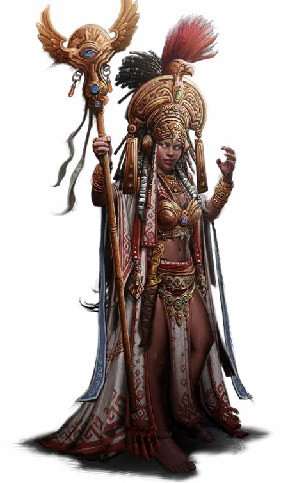
Illus. TBD, it's not Wayne.
The Oracle appears in Advanced Player's Guide for PF1 and Advanced Player's Guide for PF2.
Psychic


Rivani (PF1, she/her, Human [Vudrani]) and Thaleon (PF2, he/him, Elf [Vourinoi])
I love Rivani's outfit, and there is something to be said for completely invisible magic, but the splashes of colour in Thaleon's key art just make it so dynamic I can't help but love it.
The Psychic appears in Occult Adventures for PF1 and in Dark Archive for PF2.
Summoner

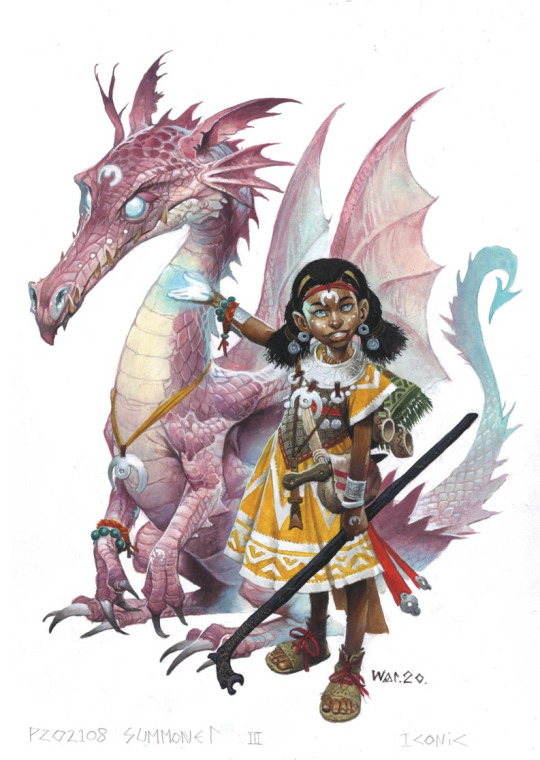
Balazar & Padrig (PF1, he/him, Gnome) and Ija & Tuku (PF2, she/her, Human [Bonuwat])
The Summoner is the Pet Class in PF2. It lacks a lot of the granular customisation of the class in PF1, but in exchange the class works in sync with its pet in a way that the Ranger and Druid can only envy.
On a side note, it seems unlikely we'll get the Spiritualist in PF2 given that the Summoner can take an Undead Eidolon and cast Divine spells if she so chooses, so as a bonus, here's Estra (she/her, Human).

The Summoner is found in Advanced Player's Guide in PF1 (with a revised version appearing in Pathfinder Unchained) and in Secrets of Magic in PF2. The Spiritualist is found in Occult Adventures in PF1.
So that's your lot. All five of the classes that got a new Iconic between editions. If I remember, I'll update this post with links to the others once I make them.
19 notes
·
View notes